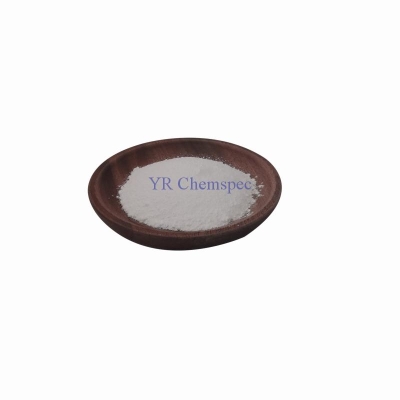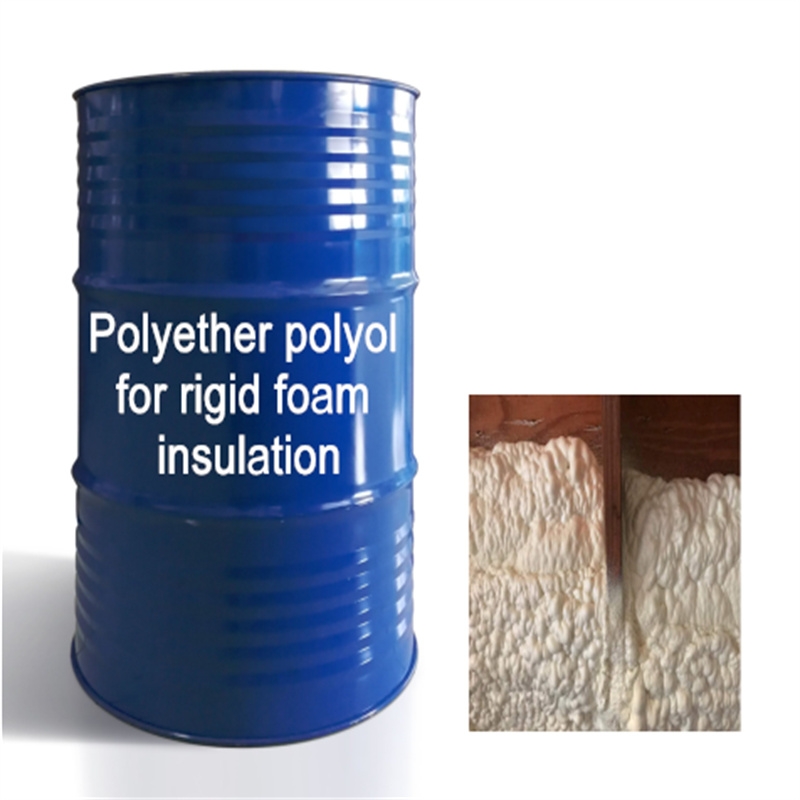-
Categories
-
Pharmaceutical Intermediates
-
Active Pharmaceutical Ingredients
-
Food Additives
- Industrial Coatings
- Agrochemicals
- Dyes and Pigments
- Surfactant
- Flavors and Fragrances
- Chemical Reagents
- Catalyst and Auxiliary
- Natural Products
- Inorganic Chemistry
-
Organic Chemistry
-
Biochemical Engineering
- Analytical Chemistry
- Cosmetic Ingredient
-
Pharmaceutical Intermediates
Promotion
ECHEMI Mall
Wholesale
Weekly Price
Exhibition
News
-
Trade Service
Occupational diseases refer to diseases caused by workers' exposure to dust, radioactive materials, or other toxic and harmful substances during occupational activities
The chemical laboratory is a workplace where R&D personnel deal with flammable, explosive, toxic and hazardous materials
1.
Occupational exposure limits, also known as occupational exposure limits (OEL or OELs), are the exposure limits for occupational harmful factors.
2.
Occupational hazards (occupational hazards), also known as occupational hazards, refer to factors or conditions that are generated and/or existed in occupational activities that may adversely affect the health, safety and ability of the occupational population, including chemical, physical, Factors such as biological and labor injuries
3.
Occupational exposure limits for chemical hazards can be divided into three categories: time-weighted average allowable concentration (PC-TWA), short-term exposure allowable concentration (PC-STEL) and maximum allowable concentration (MAC)
1.
The time-weighted average allowable concentration (permissible concentration-time weighted average, PC-TWA) is the average allowable exposure concentration for an 8h working day and a 40h working week specified by time as a weight
2.
Permissible concentration-short term exposure limit (PC-STEL) refers to the concentration that allows short-term (15min) exposure under the premise of compliance with PC-TWA
3.
The maximum allowable concentration (MAC) refers to the concentration of a toxic chemical substance that should not be exceeded at any time in a working day at a certain workplace
4.
"Occupational Exposure Limits for Hazardous Factors in the Workplace Chemical Hazardous Factors" (GBZ2.
(1) The allowable concentration of chemical substances in the air of the workplace
.
There are 339 controlled compounds listed in GBZ2.
1-2007
.
The allowable concentrations of some commonly used chemical substances in chemical laboratories are shown in Table 8-7 .
(2) The allowable concentration of dust in the air of the workplace (omitted)
.
Among them , the PC-TWA of diatomite dust (free SiO 2 content <10%) is 6 mg/m 3
.
(3) The allowable concentration of biological factors in the air in the workplace (omitted)
.
Table 8-7 Allowable concentration of commonly used chemical substances in the air of workplace
5.
Measures to reduce the concentration of chemical substances in the workplace
(1) Increase the number of air replacements and adjust the ratio of air supply and exhaust
Appropriately increase the number of air replacements and adjust the ratio of air supply and exhaust, and reduce the concentration of chemical substances in the workplace by strengthening the new measures.
(2) Adopt green chemistry
Use chemical principles, techniques and methods to eliminate or reduce the use and production of raw materials, solvents, reaction products, and by-products that are harmful to the health of workers and the working environment from the source
.
Do not use toxic and hazardous materials, try to use low-toxic and harmless raw materials, and try not to generate waste to prevent pollution
.
Related links: Dangerous goods safety protection measures and protective equipment (6)







